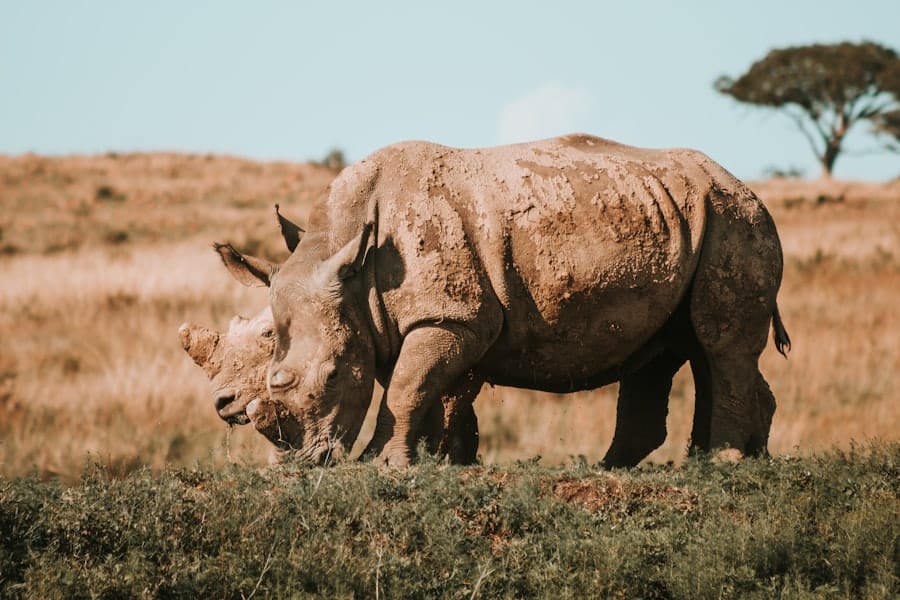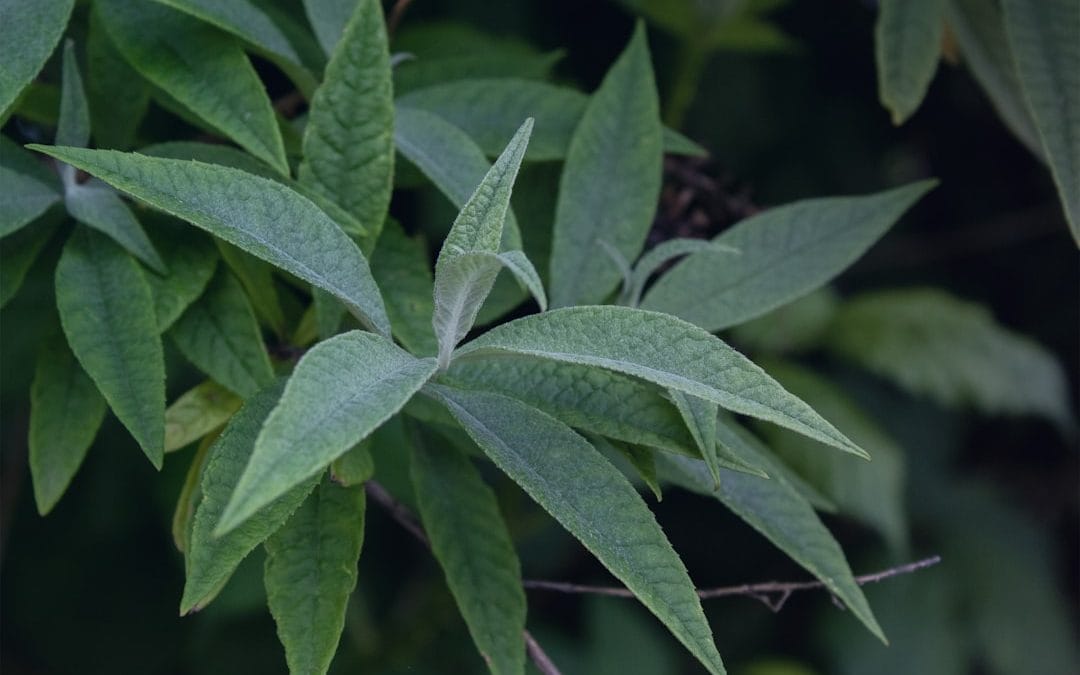Florida, known for its stunning landscapes and diverse ecosystems, is home to a variety of native flora and fauna. However, the state faces a significant challenge from invasive species, particularly invasive trees that disrupt the delicate balance of its ecosystems. These non-native species often outcompete native plants for resources, leading to a decline in biodiversity and altering habitats.
The introduction of these trees can be attributed to various factors, including horticultural practices, accidental introductions, and even intentional planting for landscaping purposes. As Florida continues to grapple with the consequences of climate change and urban development, the threat posed by invasive trees becomes increasingly pronounced. Invasive trees can thrive in Florida’s warm climate and fertile soils, allowing them to spread rapidly across the landscape.
Their ability to reproduce quickly and adapt to various environmental conditions makes them formidable adversaries in the fight to preserve native ecosystems. The consequences of their proliferation extend beyond ecological concerns; they also impact agriculture, water resources, and even human health. Understanding the nature of these invasive species and their effects on Florida’s environment is crucial for developing effective management strategies and ensuring the long-term health of the state’s ecosystems.
Key Takeaways
- Florida is facing a significant threat from invasive trees, which are disrupting the state’s natural ecosystem.
- Invasive trees in Florida have a detrimental impact on native plant and animal species, as well as water and soil quality.
- Common invasive trees in Florida include Brazilian pepper, melaleuca, Australian pine, and camphor tree.
- Controlling invasive trees in Florida is challenging due to their rapid growth, ability to outcompete native species, and resistance to traditional control methods.
- Efforts to manage invasive trees in Florida include biological control, mechanical removal, and public education campaigns to prevent further spread.
The Impact of Invasive Trees on Florida’s Ecosystem
The presence of invasive trees in Florida has far-reaching implications for the state’s ecosystems. One of the most significant impacts is the displacement of native species. Invasive trees often grow faster and larger than their native counterparts, allowing them to monopolize sunlight, water, and nutrients.
This competitive advantage can lead to a decline in native plant populations, which in turn affects the animals that rely on these plants for food and habitat. For instance, the rapid spread of Brazilian pepper (Schinus terebinthifolius) has been linked to the decline of native bird species that depend on native fruit-bearing plants. Moreover, invasive trees can alter soil chemistry and hydrology, further complicating the ecological landscape.
Some invasive species, such as melaleuca (Melaleuca quinquenervia), are known to change the water table levels in their vicinity, leading to changes in wetland ecosystems. These alterations can have cascading effects on local wildlife, including fish and amphibians that depend on specific water conditions for breeding and survival. The introduction of invasive trees can also increase the risk of wildfires by creating dense thickets that are more susceptible to burning, thereby threatening both human communities and natural habitats.
Common Invasive Trees in Florida

Several invasive tree species have established themselves in Florida, each with unique characteristics and impacts on the environment. One of the most notorious is the Brazilian pepper tree, which is often found in disturbed areas such as roadsides and wetlands. This tree can grow up to 30 feet tall and produces dense thickets that outcompete native vegetation.
Its berries are not only unpalatable to many native birds but can also be toxic in large quantities, further diminishing local wildlife populations. Another significant invasive species is the melaleuca tree, originally introduced for its ornamental value and as a means of drying out wetlands. However, it has since become a major ecological threat due to its rapid growth and ability to form monocultures that displace native plant species.
Melaleuca trees can release allelopathic chemicals that inhibit the growth of surrounding plants, making it difficult for native species to re-establish themselves in areas where melaleuca has taken over. Other invasive trees include the Chinese tallow (Triadica sebifera) and the paperbark tree (Melaleuca quinquenervia), both of which contribute to habitat degradation and loss of biodiversity.
Challenges in Controlling Invasive Trees
| Challenges in Controlling Invasive Trees |
|---|
| 1. Rapid growth and spread of invasive tree species |
| 2. Difficulty in eradicating deep-rooted invasive trees |
| 3. Negative impact on native plant and animal species |
| 4. Cost and labor-intensive control and management efforts |
| 5. Resistance to traditional control methods |
Controlling invasive trees in Florida presents numerous challenges for land managers and conservationists. One primary obstacle is the sheer scale of the problem; invasive species can spread rapidly across vast areas, making it difficult to implement effective control measures. The dense growth patterns of many invasive trees create impenetrable thickets that complicate removal efforts.
Additionally, their ability to regenerate from roots or seeds means that even after initial removal attempts, they can quickly re-establish themselves if not managed properly. Another challenge lies in public perception and awareness. Many residents may not recognize invasive trees or understand their ecological impacts, leading to unintentional planting or neglect of control measures.
Furthermore, some invasive species have become so integrated into local landscapes that they are perceived as part of Florida’s natural beauty. This complicates efforts to educate the public about the importance of removing these species and restoring native ecosystems. Effective management requires not only physical removal but also community engagement and education to foster a collective commitment to preserving Florida’s unique biodiversity.
Efforts to Manage Invasive Trees in Florida
In response to the growing threat posed by invasive trees, various organizations and government agencies have initiated management programs aimed at controlling their spread. The Florida Fish and Wildlife Conservation Commission (FWC) has developed guidelines for identifying and managing invasive species, providing resources for landowners and land managers. These guidelines emphasize early detection and rapid response strategies, which are crucial for preventing new invasions from taking hold.
One successful approach has been the use of mechanical removal methods combined with chemical treatments. For instance, land managers may cut down invasive trees like Brazilian pepper and then apply herbicides to prevent regrowth from remaining roots or seeds. Additionally, prescribed burns are sometimes employed as a management tool to reduce dense thickets of invasive species while promoting the growth of native plants adapted to fire-prone environments.
Community involvement is also a key component of these efforts; volunteer programs often engage local residents in removal projects, fostering a sense of stewardship for their natural surroundings.
The Economic Impact of Invasive Trees

The economic ramifications of invasive trees extend beyond environmental degradation; they also pose significant costs to agriculture, tourism, and property values in Florida. Invasive species can disrupt agricultural practices by competing with crops for water and nutrients or by harboring pests that threaten local agriculture. For example, melaleuca has been known to invade pasturelands, reducing available grazing areas for livestock and impacting farmers’ livelihoods.
Tourism is another sector affected by invasive trees. Florida’s natural beauty is a major draw for visitors; however, landscapes dominated by invasive species can detract from this appeal. Areas overrun by Brazilian pepper or melaleuca may become less attractive for recreational activities such as hiking or birdwatching, leading to decreased tourism revenue.
Furthermore, property values may decline in areas where invasive species are prevalent due to perceived environmental degradation or increased risks associated with wildfires.
How to Identify and Remove Invasive Trees
Identifying invasive trees is crucial for effective management efforts. Many invasive species have distinct characteristics that set them apart from native trees. For instance, Brazilian pepper can be recognized by its glossy green leaves and clusters of small white flowers that develop into red berries.
Melaleuca trees are identifiable by their papery bark and feathery white flower spikes that bloom throughout the year. Resources such as field guides or mobile apps can assist individuals in recognizing these species in their local environments. Once identified, removal methods vary depending on the species and extent of infestation.
For smaller trees or seedlings, hand-pulling may be effective; however, care must be taken to remove all roots to prevent regrowth. For larger trees, mechanical methods such as chainsaws or brush cutters may be necessary, followed by herbicide application to ensure complete eradication. It is essential for individuals attempting removal to follow local regulations regarding herbicide use and disposal methods for cut vegetation.
The Future of Florida’s Ecosystem: Addressing the Invasive Tree Threat
The future health of Florida’s ecosystems hinges on proactive measures taken against invasive trees. As climate change continues to alter environmental conditions, the potential for new invasive species introductions increases, making vigilance essential. Collaborative efforts among government agencies, non-profit organizations, researchers, and local communities will be vital in addressing this ongoing threat.
Investing in research focused on understanding the biology and ecology of invasive tree species will enhance management strategies and inform policy decisions. Additionally, fostering public awareness campaigns can help educate residents about the importance of preserving native ecosystems and encourage participation in removal efforts. By prioritizing these initiatives, Florida can work towards restoring its natural landscapes and safeguarding its rich biodiversity for future generations.
If you are dealing with invasive trees in Florida, you may want to consider removing them and replacing them with more suitable options for your landscape. Black Creek Tree Company offers expert tree debris removal services for your property, ensuring a smooth and efficient process. They also provide a guide on how to choose the right tree for your Jacksonville landscape, helping you make informed decisions about which trees to plant. For fast-growing shade trees in Florida, they offer a variety of options that can thrive in the state’s climate. Check out their services and recommendations to improve the health and aesthetics of your outdoor space. Source

